What is the tolerance range of precision screws?
What is the tolerance range of precision screws?
Service Hotline
+86760-8787 8587We have more than ten years of experience in screw industry production. The main products are: ANSIB18.22.1, twist star plastic screws, 304 round head screws and bolts, hardened screws, screw stud screws, hexagon flange bolts, fisheye washer screws , Hexagon socket head cap screws, nylon rubber plug bolts, black 8.8 grade high-strength hex nuts, round rivet nuts, cold heading four-claw screws, small outer diameter ultra-thin flat washers, hexagon socket expansion screws, iron plating Color zinc screws and other fasteners, due to the different materials and specifications of the products, the prices are also different, if you need, please contact us.


The common types of wood screws are iron and copper, and the types are divided into round head type and other samples of wood screws according to different nail heads. There are two types of slotted screws and cross recessed screws. Generally, the round head screws are made of mild steel and are blue, and the flat head screws are polished. The oval head screws are usually plated with cadmium and chrome, and are often used to install hinges, hooks and other hardware accessories. Specifications are determined by rod diameter, length and nail head type. [1]
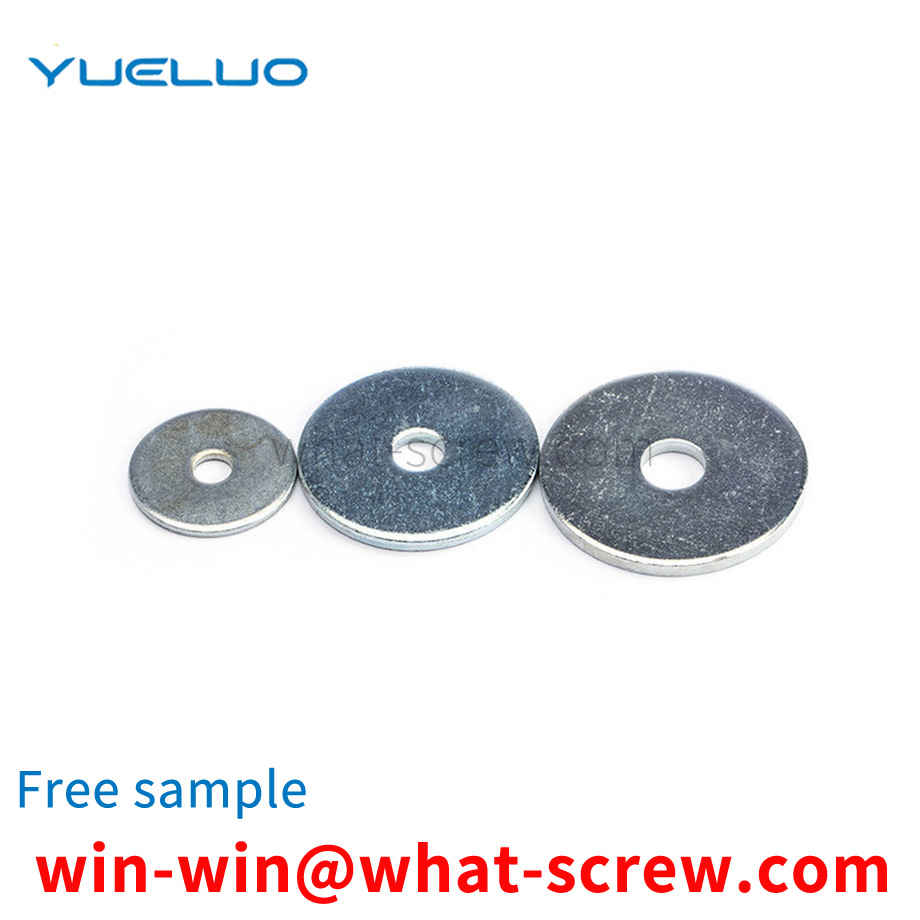
Flat washers are usually thin pieces of various shapes used to reduce friction, prevent leakage, isolate, prevent loosening, or distribute pressure. Such components are found in many materials and structures to perform a variety of similar functions. Restricted by the material and process of threaded fasteners, the bearing surface of fasteners such as bolts is not large, so in order to reduce the compressive stress of the bearing surface and protect the surface of the connected parts, washers are used. In order to prevent the loosening of the connection pair, anti-loose spring washers, multi-tooth lock washers, round nut stop washers and saddle, wave and conical elastic washers are used.
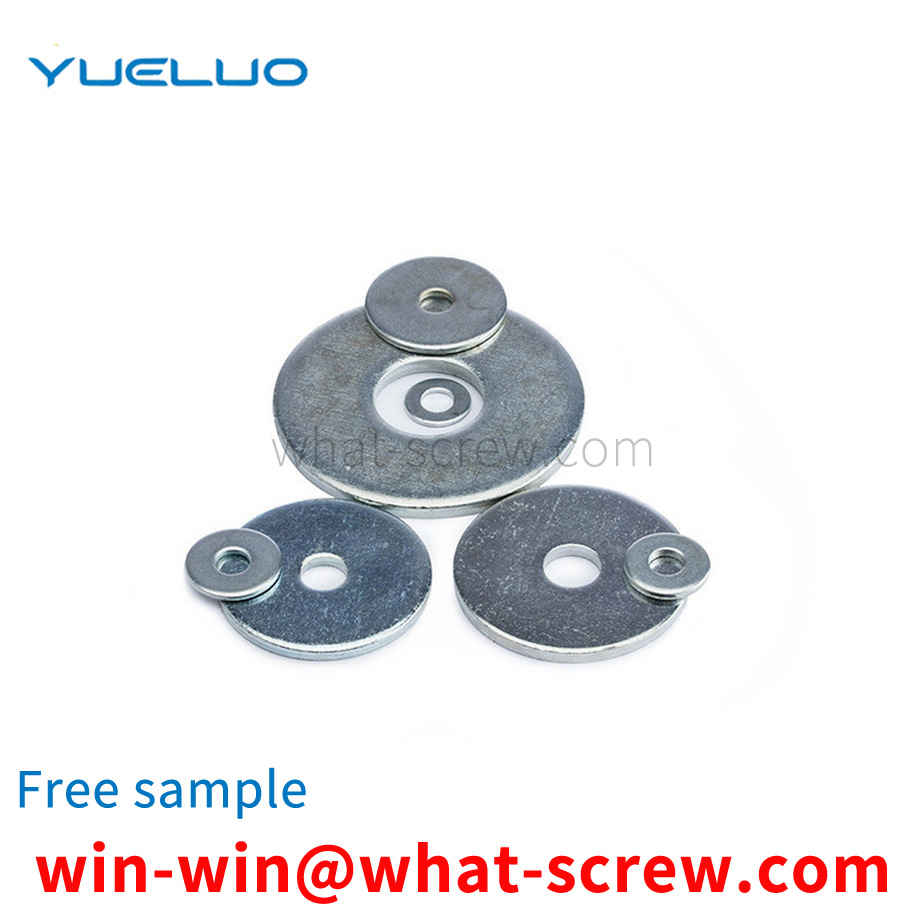
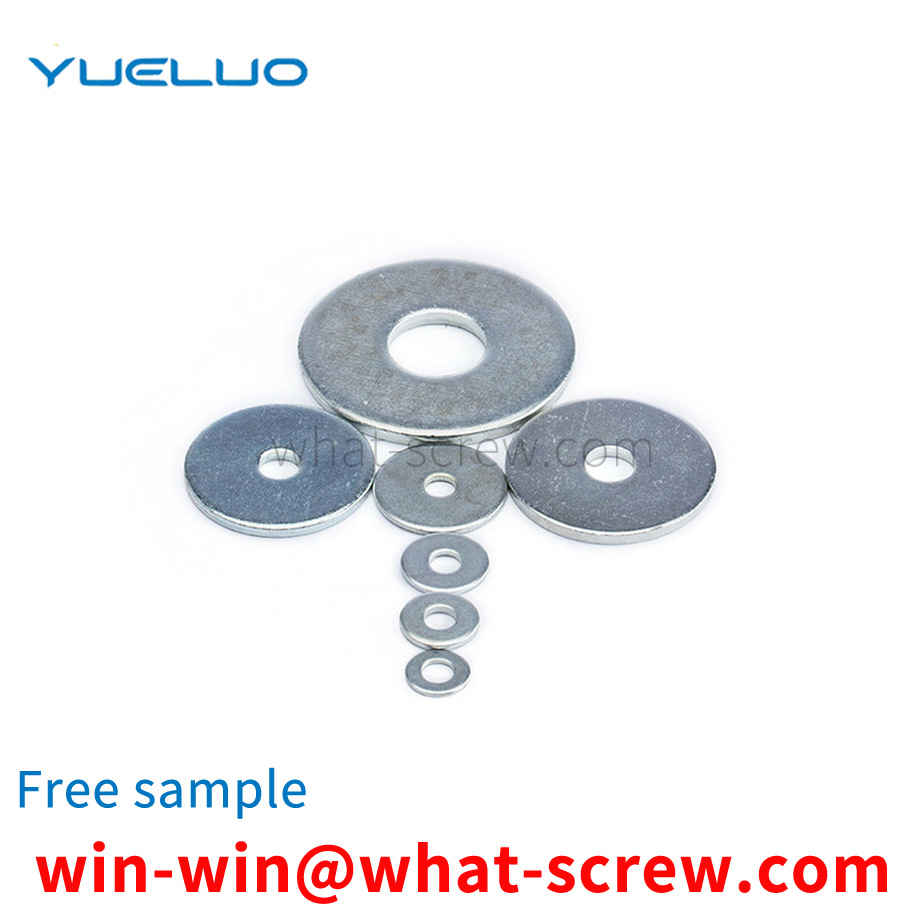
Stainless steel screws are classified into austenitic stainless steel, ferritic stainless steel, martensitic stainless steel, and precipitation hardening stainless steel. The selection of stainless steel screws is also based on principles. Where to start, let you choose the stainless steel screws you need. After comprehensive and comprehensive consideration of these five aspects, the grades, varieties, specifications and material standards of stainless steel screws are finally determined. Austenitic stainless steel: the most basic alloying elements of austenitic stainless steel are chromium and nickel. The grade is a chromium-nickel austenitic stainless steel with a chromium content of about 18% and a nickel content of about 8%, often called 18-8 stainless steel. The element ratio of chromium and nickel basically ensures that the structure of the steel is stable austenitic ferritic stainless steel: 430 type ordinary chromium steel, its corrosion resistance and heat resistance are better than 410 type, magnetic, but it It cannot be strengthened by heat treatment, and is suitable for stainless steel screws with slightly higher corrosion resistance and heat resistance and general strength requirements. Martensitic stainless steel: Type 410 and 416 can be strengthened by heat treatment, with a hardness of 35 to 45HRC, and good machinability. They are used for general-purpose heat-resistant and corrosion-resistant stainless steel screws. Type 416 has a slightly higher sulfur content and is a free-cutting stainless steel. Type 420, sulfur content? R0.15%, improved mechanical properties, can be strengthened by heat treatment, maximum hardness value of 53 ~ 58HRC, used for stainless steel screws requiring higher strength. Precipitation hardening stainless steel: 17-4PH, PH15-7Mo, they can get higher strength than the usual 18-8 type stainless steel, so they are used for high-strength, corrosion-resistant stainless steel stainless steel screws. A-286, a non-standard stainless steel, has higher corrosion resistance than commonly used Type 18-8 stainless steels, as well as good mechanical properties at elevated temperatures. Used as high-strength, heat-resistant, corrosion-resistant stainless steel screws, can be used to 650 ~ 700 ℃. Austenitic stainless steel: The commonly used models are 302, 303, 304, and 305, which are the so-called 18-8 austenitic stainless steels. Both corrosion resistance and mechanical properties are similar. The starting point of selection is the production process method of stainless steel screws, and the method depends on the size and shape of stainless steel screws, and also depends on the quantity of production. Type 302 is used for machined screws and self-tapping bolts. Type 303 In order to improve machinability, Type 303 stainless steel is added with a small amount of sulfur and is used to machine nuts from bar stock. Type 304 is suitable for hot heading stainless steel screws, such as longer gauge bolts, large diameter bolts, which may be beyond the scope of the cold heading process. Type 305 is suitable for cold heading processing of stainless steel screws, such as cold formed nuts, hex bolts. Type 309 and Type 310, their Cr content and Ni content are higher than 18-8 type stainless steel, suitable for stainless steel screws working at high temperature. Types 316 and 317, both of which contain the alloying element Mo, have higher high temperature strength and corrosion resistance than 18-8 type stainless steel. Type 321 and Type 347, Type 321 contains a relatively stable alloying element Ti, Type 347 contains Nb, which improves the intergranular corrosion resistance of the material. It is suitable for stainless steel standard parts that are not annealed after welding or serve at 420~1013℃.
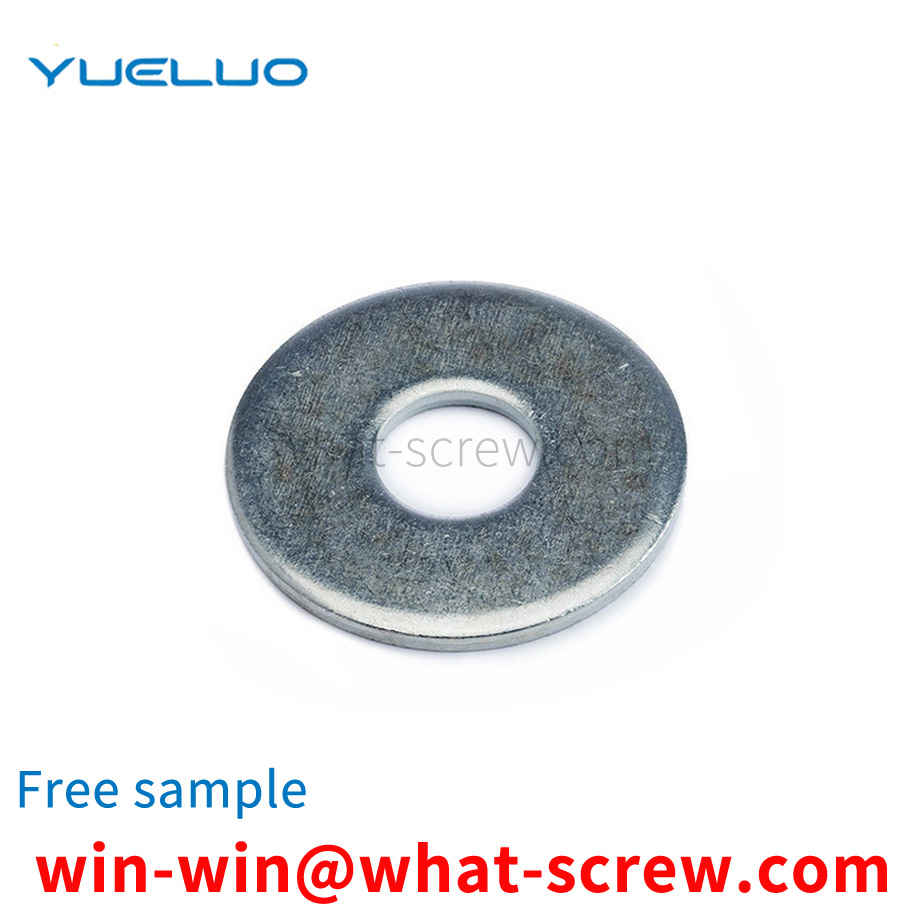
The technical scheme of Guangdong Yueluo Hardware Industry Co., Ltd. is: an eccentric rivet, comprising: a head, a middle part connected with the head at one end, and a tail connected with the other end of the middle part, wherein the center line of the head is connected with the tail center lines are parallel.
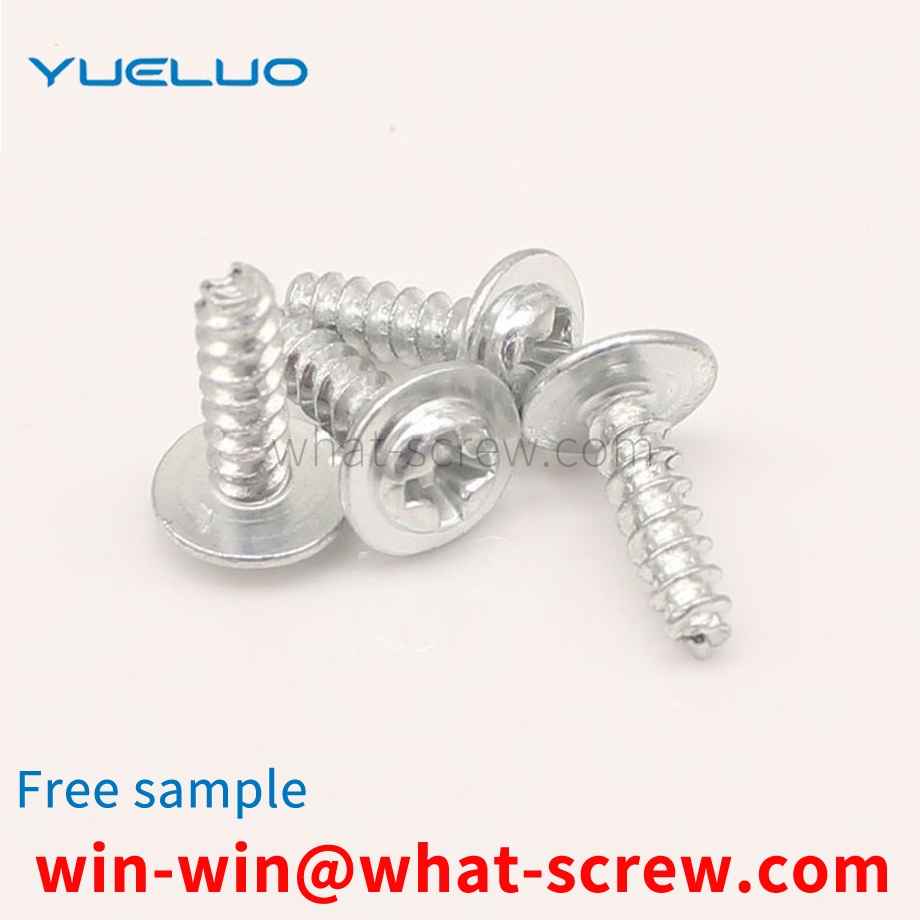
The above content is uploaded by Yueluo or the Internet. If there is any copyright issue, please contact [email protected].

What is the tolerance range of precision screws?
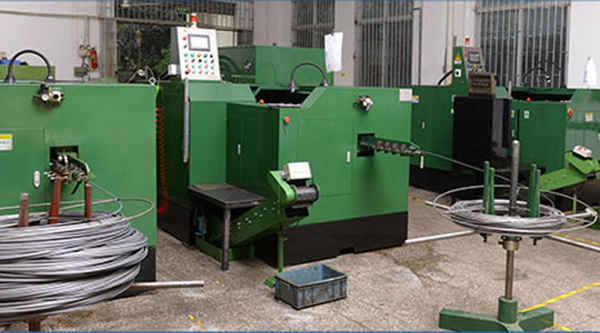
How to choose the right stainless steel screw manufacturer?
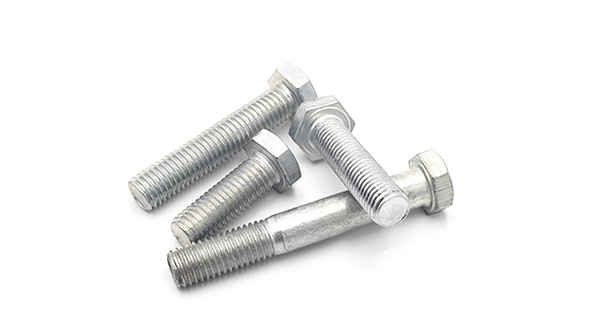
Why is there an R angle under the head of the hexagon head s...

We have more than ten years of experience in the production ...
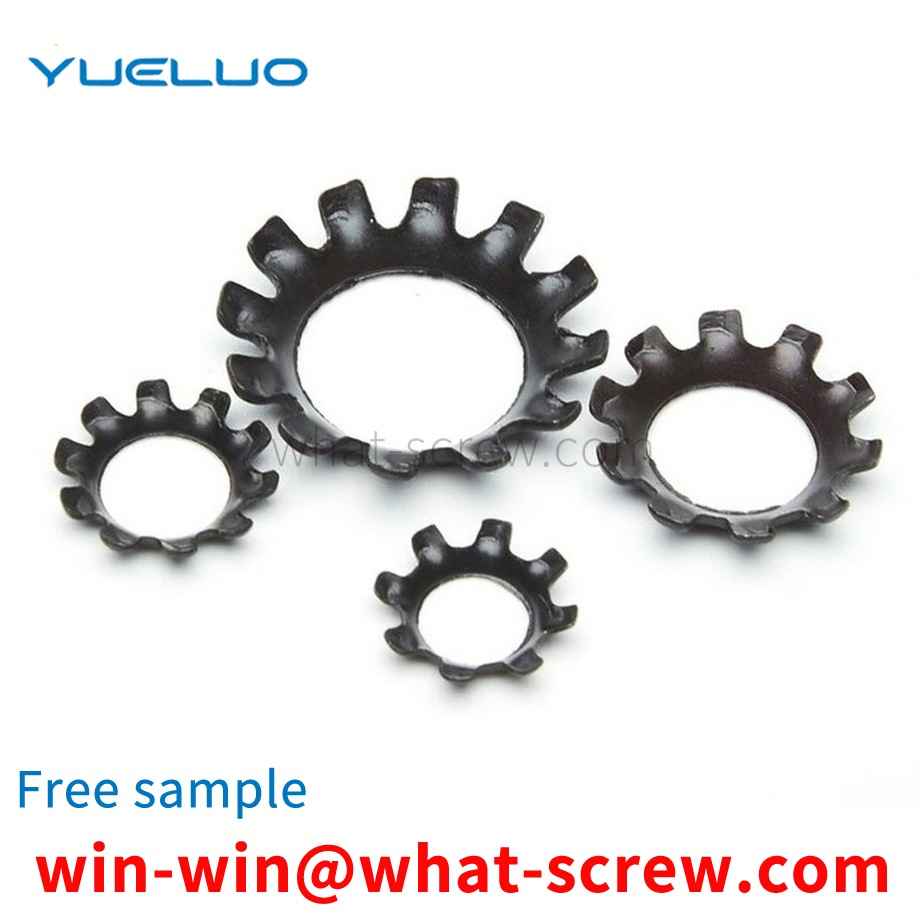
We have more than ten years of production experience in the ...

We have more than ten years of experience in screw industry ...
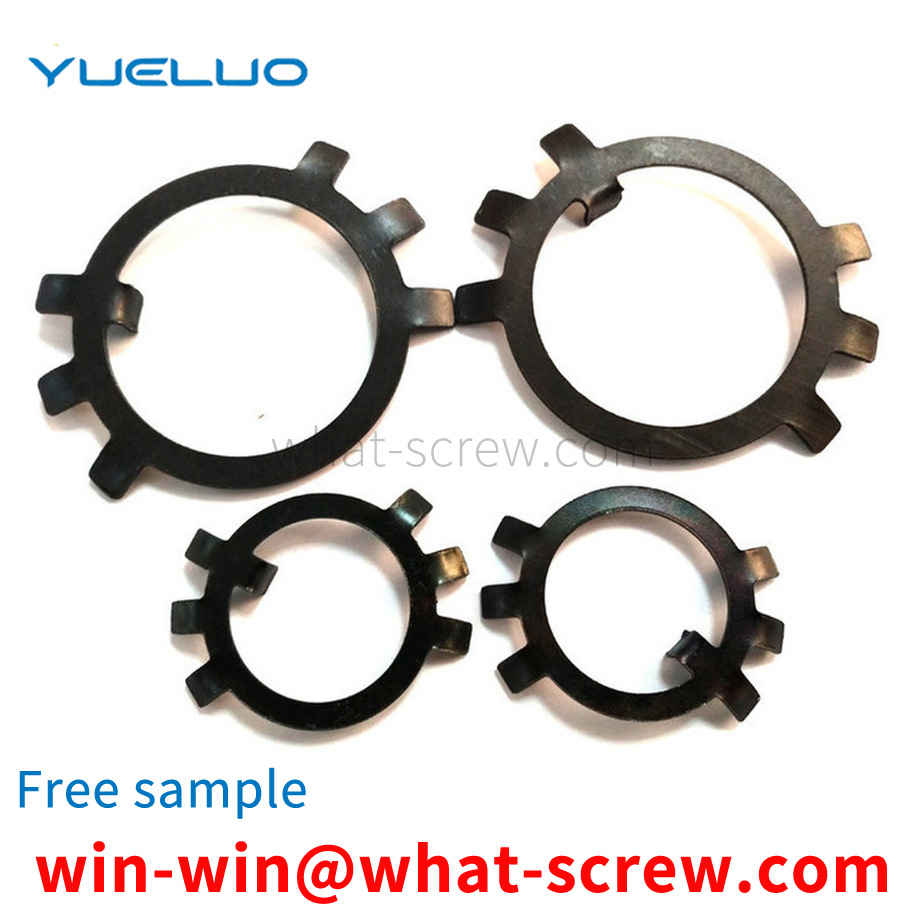
We have more than ten years of experience in screw industry ...